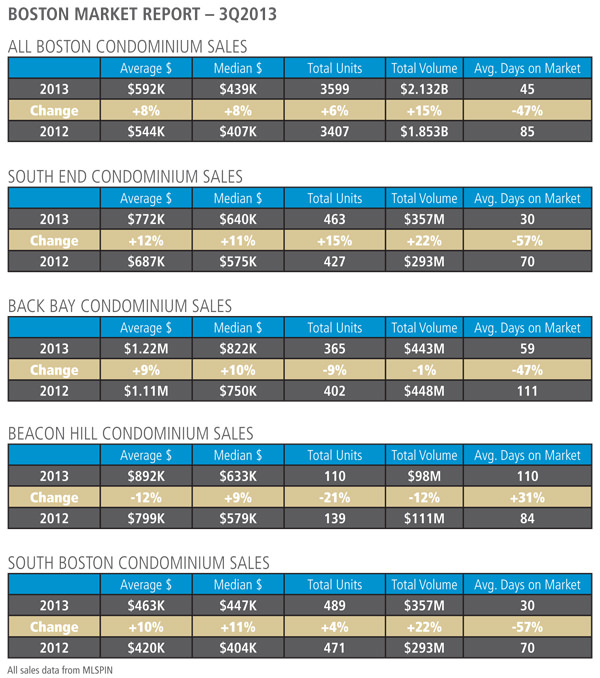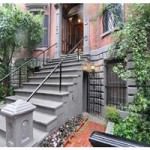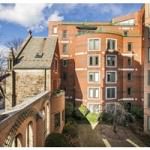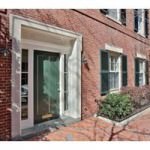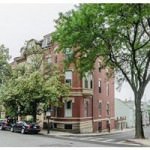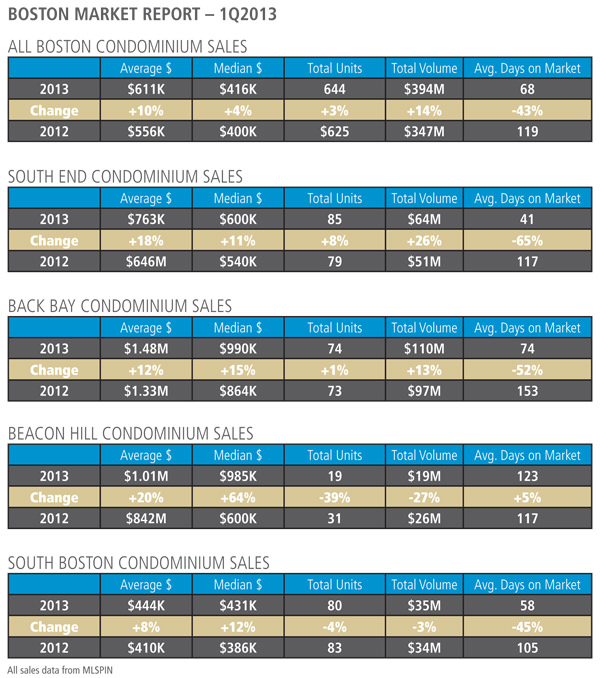Interesting Globe article confronting the lack of housing starts statewide.
It’s a scenario that would be familiar to anyone who lived through the Massachusetts Miracle of the late 1980s and the bull housing market of the last decade, go-go years of soaring home prices and tight supplies that ultimately ended badly. And if policy makers, economists, and industry officials are accurate in their predictions, history is set to repeat itself.
“We’re just going down the same old road we went [down] before,” said Brad Campbell, executive director of the Homebuilders and Remodelers Association of Massachusetts.
The housing market in Massachusetts appears trapped in a boom-bust cycle that only seems likely to accelerate. While any number of variables — interest rates, job growth, consumer confidence — influence home sales and prices, the fundamental problem for the local housing market has remained unchanged for decades: The state doesn’t build enough housing to keep up with increasing population and households.
And Massachusetts fell further behind in housing production in recent years. Even at the peak of the last boom, housing production remained well below the levels of decades ago. In 2005, about 24,500 building permits were issued for both single-family and multifamily housing units in Massachusetts, compared with more than 30,000 in 1980, according to the Commerce Department.
By 2009, the depths of the last recession, building permits had fallen to fewer than 8,000, and in 2012, three years after the recession, building permits issued for housing units were still less than half the number of 2005. Meanwhile, the state’s population grew by more than 400,000, according to the census.
“There’s simply no question that we’re not building enough housing units to meet demand,” said Barry Bluestone, an economist and director of the Dukakis Center for Urban and Regional Policy at Northeastern University.
The expected consequences can be lifted right out of the most basic Economics 101 textbook: Supply shortages lead to rising prices.
Deborah Heffernan, co-owner of Avenue 3 Real Estate in Cambridge, recently listed a four-bedroom, single-family home in Arlington. It was under contract within six days, after 25 groups of people toured the house and three bidders drove the price to $75,000 above the asking price of about $1 million.
Another bidding war between two potential buyers pushed the price of a three-bedroom Arlington condo $22,000 above the asking price of $439,000, said Heffernan, adding that she has heard of other real estate agents fielding 10 to 15 offers for some homes.
“It’s just crazy,” she said. “You have more people vying for fewer properties today, and it’s just adding to the price pressure.”
In April, the number of single-family homes on the market in Massachusetts was down more than 30 percent from the same month last year, the 29th month in a row in which inventories were below their prior-year levels, according to the Massachusetts Association of Realtors.
Median prices for single-family homes, while still below their prerecession levels, are rising quickly. In May, the median price for a single-family home in Massachusetts jumped by 12 percent, to $324,000, compared with the same month a year ago, according to data from the Warren Group, a Boston firm that tracks real estate. That was the fourth consecutive month of year-over-year double digit increases, the fifth in the past six months, according to the Warren Group.
Rising prices, of course, are good for homeowners and the broader economy, creating wealth that supports consumer spending and a range of economic activities. But if prices rise too fast, it can create the psychology that leads to a bubble, pushing more buyers into the market and driving many to spend and borrow too much with the idea that prices will only go higher.
Eventually, as recent history shows, they don’t go higher, and the bubble bursts.
Some economists attribute recent price spikes to temporary conditions, a combination of pent-up demand from buyers who stayed on the sidelines during the recession and a reluctance by potential sellers to put homes on the market until prices return to prerecession levels.
As the market gets back to normal, inventories will rise and price increases will moderate.
But this short-term adjustment by the market won’t address the long-term issues, other analysts said.
A recent study by Bluestone and his Northeastern colleagues shows that Greater Boston alone — or Essex, Middlesex, Norfolk, Plymouth, and Suffolk counties — needed, at minimum, to add 12,000 new housing units per year from 2010 to 2020 just to meet very modest population and economic growth — a quota the region has yet to meet.
The number climbs to as high as 19,000 units per year if the region experiences stronger growth, Bluestone said.
In particular, the state needs more multifamily housing — apartment and condo buildings — to meet the demands of younger workers and aging baby boomers who increasingly prefer to live in smaller units in urban areas, Bluestone said. There’s been an increase in multifamily housing construction in the past few years, particularly in the city of Boston, but much more still needs to be done, said Bluestone.
The Northeastern study is one of the reasons why Governor Deval Patrick last fall called for a goal of 10,000 new multifamily housing units per year through the end of the decade.
Economists and policy makers aren’t just concerned that short supplies could inflate another price bubble. They also worry that they could undermine the state economy by making Massachusetts too expensive to attract and keep talented workers, particularly young workers who can live and work in other parts of the country where prices are lower and earnings go farther.
“We’ve had a chronic problem for years of high rents and high home prices, much higher than the rest of the country,” said Greg Bialecki, Patrick’s secretary of housing and economic development. “And that’s clearly pushed young people and young couples out of state.”
But such plans are all but certain to run into the same challenges that have constrained housing development for decades: a limited amount of developable land and strict zoning rules and building-lot requirements in many towns and cities in the area.
Geoffrey Beckwith, executive director of the Massachusetts Municipal Association, bristles at the suggestion that local building rules are the primary cause of a housing shortage that makes the state a less attractive place to live and work.
“Current zoning laws are what brought people to these towns in the first place,” said Beckwith, adding that many towns can’t afford the extra schools and services associated with new housing.
But Clark Ziegler, executive director of the Massachusetts Housing Partnership, a quasi-state agency that promotes affordable housing, said something needs to change at both the local and state levels in order to avoid a repeat of the boom-bust cycle.
“The underlying problem is that nothing has changed over the years,” said Ziegler. “This is not a pattern that can and will sustain a modern economy. We need to make changes.”
